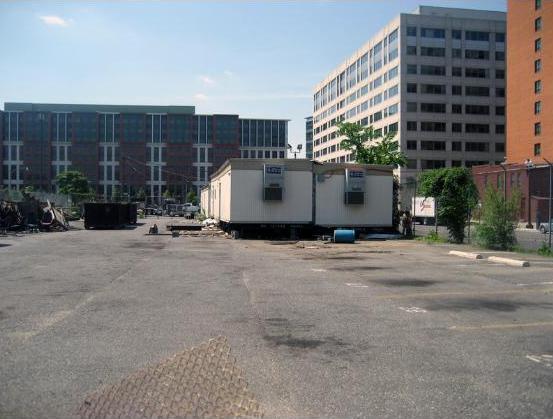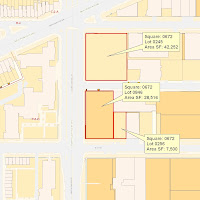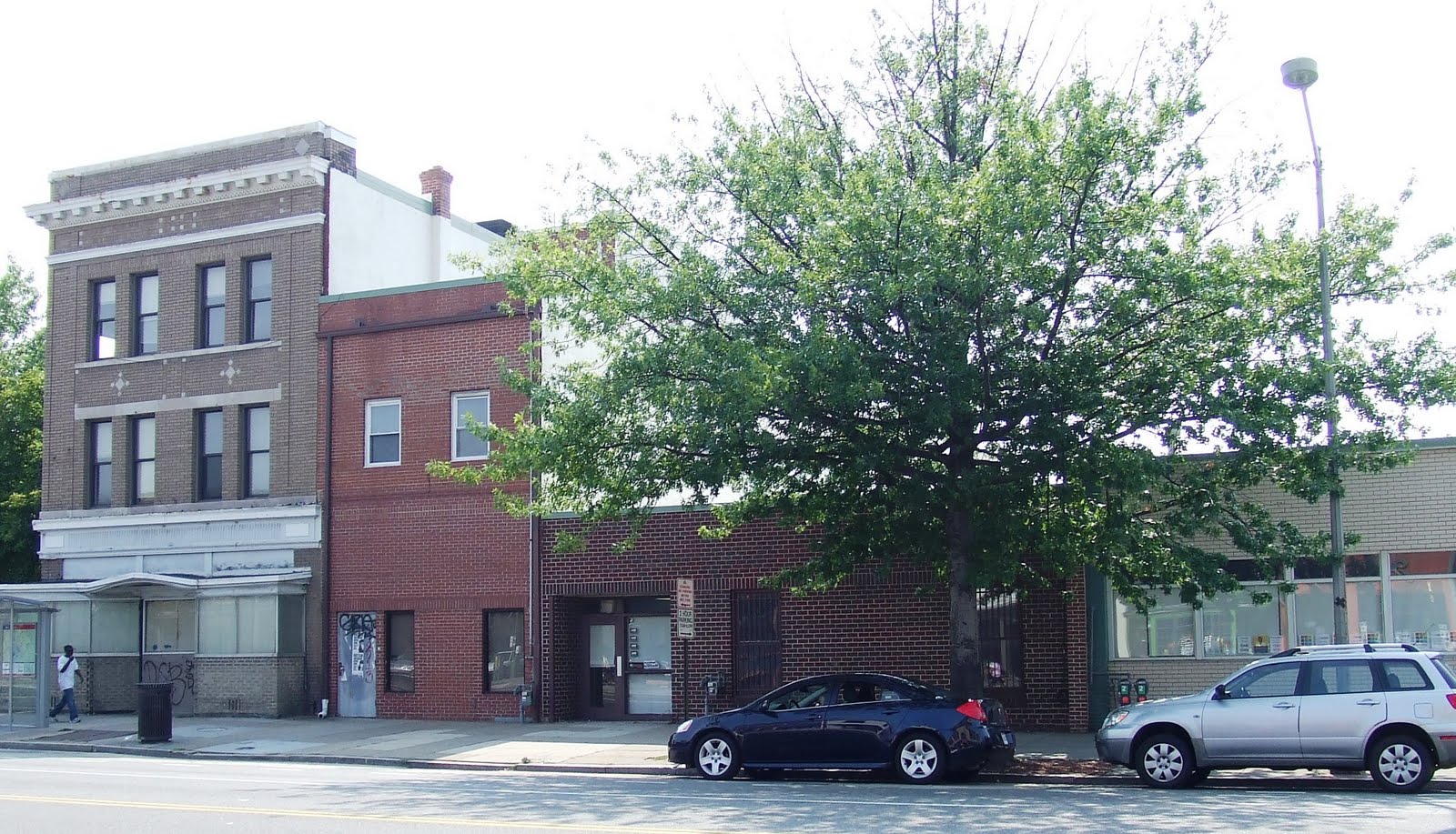In a toney Boston hotel bar officially and affectionately known as "The Clink," imbibers toast a promotion, an engagement or a vacation, but steps away the ghosts of storied inmates such as Malcolm X and Sacco and Vanzetti have far less to celebrate.
Located inside the city’s plush
Liberty Hotel, The Clink, along with the rest of the property, was part of a $150 million acquisition, renovation and construction process that turned the pre-Civil War era Charles Street Jail into a 300-room luxury hotel, opening in 2007, and retaining some of the former correctional facility’s ambience such as the tiers which guards would patrol and a 90-foot central rotunda.
Prior to the Liberty Hotel venture, however, and about 130 years after the Charles Street Jail opened, a somewhat unprecedented inmate class-action suit had resulted in
Federal Judge W. Arthur Garrity Jr.’s findings that the facility, with amenities that

included an “exercise” yard where inmates simply marched in a circle, did not meet “constitutional minima,” meaning it did not conform to the prohibition against cruel and unusual punishment. In 1980, Judge Garrity ordered a new jail built on the premises, and newly-minted Washington D.C.-based
HOK architect
James Kessler, now a senior principal, began an unwitting journey into justice design that to date has spanned 30 years.
Working in conjunction with Boston-based architects
Stull and Lee Inc., Kessler recalled the design of a new Charles Street Jail was a situation that involved five parties: the mayor and city council, which had diametrically opposed agendas; the Commonwealth of Massachusetts; the Department of Corrections; the

plaintiffs or inmates. “All five parties came to every design meeting,” Kessler said, adding there was little or no trust among the entities. In the end, the HOK/Stull and Lee, Inc.-envisioned project was never built, with the Commonwealth taking over responsibility from the city and building another design at a different site. “It was very unusual. I’ve never had a situation like that since,” he reflected, calling it a great learning experience and most “formative” for him as a young architect, especially in the realm of prison design. “There’s the architect, the technical side, the operational side – all complex and important – all key to its success – but they exist in a world of politics and larger priorities…,” Kessler said.
2010: A Video Odyssey
Increasingly, in the late 20th and early 21st centuries, with issues such as sustainability and skyrocketing operating costs at the forefront of holistic justice design, Kessler and HOK colleagues, credited nationally for prison reform of the design kind, and who count among their more regional achievements the Montgomery County Correctional Facility near Clarksburg, Md., Prince William-Manassas Regional Adult Detention Center and Virginia’s Fluvanna Women’s Correctional Center, look for ways to expedite and streamline operational components such as inmate/visitor communications. Because a correctional facility operates 24/7, 365 days a year, much like a hospital, and with 90 percent of the budget spent on operations and 75 percent of that on staffing alone, concepts such as inmate video conferencing with visitors are swiftly replacing conventional face-to-face visitation and resulting in lower operating costs.
In the past, according to Kessler, when someone came to visit an inmate, movement of the inmate through the secure facility was exceptionally time consuming and staff-intensive. In more modern facilities like Prince William-Manassas detention center, visitors entering the facility interact with inmates via video, precluding the need for the latter’s procession through the building and prolonged staff involvement. In the event of an attorney, psychologist or social worker visit where privacy is paramount, the professional can go to an isolated booth also equipped with video capabilities. “Maybe you lose a little something,” Kessler conceded, referring to more personal interaction, “but we know information can be conveyed quite well with video: it’s not just a phone call.”
1785: A View to a Kill (or not)From earliest times and by popular literary example in Dickensian times, when prisons were essentially dungeons with populations randomly consisting of men, women and children thrown together to fend for themselves with no supervision, little thought was given to matters of crowd control. In 1785, Age of Reason English philosopher and social theorist
Jeremy Bentham had famously conceptualized the Panopticon, a prison concept that went through

40 years of machinations but which, mostly for political reasons, was never built. Largely by virtue of its circular design, the Panopticon would have allowed officials to consistently observe prisoners from key vantage points without their knowledge. In this regard, operating costs would decrease because fewer staff would be required to be on duty as inmates would never be sure who, how many, or if anyone at all was watching (but they’d surmise it was better not to take a chance). Subsequent prisons throughout the world have reportedly been based on the Panopticon principle, which espouses the theory that “observation is control.”
According to Kessler, in prison life observation clearly is control, something he recalls an HOK colleague, formerly with the Federal Bureau of Prisons, explaining to him at an evolutionary time in his own career. Widely self-educated in prison history and inmate psychology (he calls upon experts such as cultural anthropologist Anita Wilson, an expert in prison subcultures), the confluence of both is integral to creating modern facilities that address the needs of changing prison populations that include men, women, juveniles, the mentally and physically challenged, violent criminals and an elderly component.
1998: You’ve Come A Long Way, Baby

Incarcerated women, for example, are more likely to change, or want to change, Kessler said, noting “an incredibly high percentage – more than 50 percent – have been abused as children.” Statistically they also have more health issues than men, and 75 percent are mothers with the added burden of being away from their children, exacerbated by having been abandoned by their own parents in similar situations. “They are in that cycle,” Kessler affirmed, adding that they characteristically suffer from low self-esteem, which essentially indentures them to men, and are also generally the sole support of their families (often parents as well as children). When they serve time, in an interesting twist, they are relieved of all of those constraints and responsibilities with time to spend on their own health and development, so they adjust much better to prison life.
In the past, and sometimes at present, Kessler said parity issues arise vis-à-vis men’s prisons, with fewer opportunities and programs available to women who comprise a much smaller percentage of the prison population.
When he and his team embarked on a $38 million design of Virginia’s Fluvanna Correctional Center for Women, which opened in 1998, included in its context were a large medical facility, a computer center where inmates do actual data processing and receive money for their families and an area where they can learn to repair motors and small appliances. In correctional facilities such as Shakopee (Minn.) Women’s Prison,
also an HOK project, in-cell trundle beds exist so children can occasionally spend the night with their mothers to preserve or deepen the parenting bond.
One of the goals during incarceration, Kessler explained, is to ameliorate the anger that defines inmates. According to Kessler, because research has determined women have a much greater need for privacy than men, requiring them to live in open dormitories would very possibly build on that anger rather than helping to relieve it. At Fluvanna, though the initial concept identified 50-person dormitories, Kessler fought to build double cells, though tethered to a dormitory budget which was much less. “We arranged a design where we used four day rooms (surrounded by double cells) and made a very simple, inexpensive cross-shaped housing unit,” he said. Cells were “dry,” with toilets located in common bathrooms, which is better by sustainable standards. With a toilet in each cell, according to Kessler, by code 100 percent of the air must be expelled, and with it the heating and cooling. Without in-cell plumbing, air can be re-circulated out into dayrooms with savings on ductwork.
2003: Field of Dreams
Near Clarksburg, Maryland, the creation of the modern 900-bed (notably expandable to 1,100) Montgomery County Correctional Facility, opened in 2003 with an emphasis on sustainability, presented design challenges that included addressing environmental issues inherent in its rural 300-acre site while providing what officials called a humane

environment for inmates. Located at the headwaters of Ten Mile Creek, a registered trout stream, Kessler and his team tipped the site so all the runoff was collected in one area and allowed to cool before it was discharged into the stream. Constructed on the site of a sludge entrenchment area, sludge was tested and found to have aged to the point of zero-toxicity; it was retrieved and stockpiled for organic topsoil.
Inside the facility, which utilizes recycled rubber flooring in parts, low-VOC paint and sealants, a day room made of sustainable oak and 30 small pulse boilers instead of one large boiler for hot water conservation, tiers of glass

allow natural light to permeate the space from an outdoor recreation yard. Each cell has a window, something Kessler’s research and experience reveals is critical to an inmate’s emotional well-being and resulting behavior, which consequently affects the need for special staffing measures that can translate into dollars. Double cells do contain toilets, which Kessler said “…is a very important administrative tool: It means they can lock them in their cells.” Direct supervision, a modern metamorphosis of “observation is control,” means the guard is situated at a desk right in the middle of things. “It’s not based on physical force,” Kessler explained. “It’s based on authority and psychological authority. It’s based on mutual respect, and that’s from where the authority derives.”
Kessler summarized his work in justice design by affirming that the first priority is to make the facility as efficient as possible, because that’s where the “big dollars” are. He maintains this is balanced with keeping it safe and secure, keeping the staff safe, keeping inmates, visitors and the community safe. “As architects,” Kessler said, “we have social responsibilities and certain sensitivities, perceptions and skills to deal with unusual situations for the people that work in them, the people that visit them and for the people that are in them, because they are still human.”









 restaurateur for the pavilion on the park's southern end.
The 3-acre park will offer a variety of water features, but its most iconic feature will be the pavilion designed by
restaurateur for the pavilion on the park's southern end.
The 3-acre park will offer a variety of water features, but its most iconic feature will be the pavilion designed by 












































